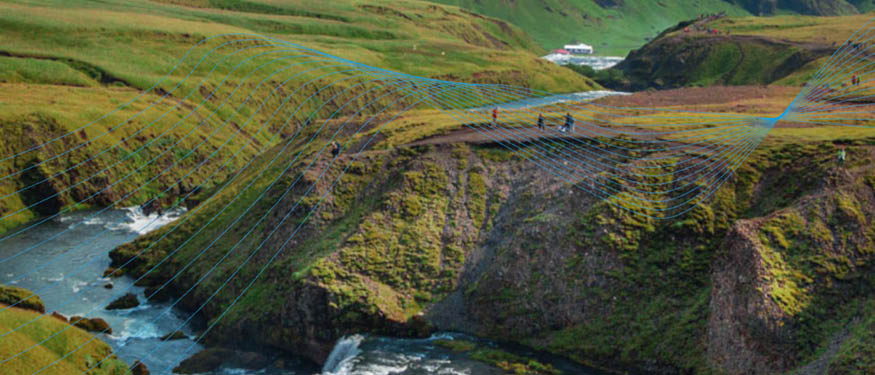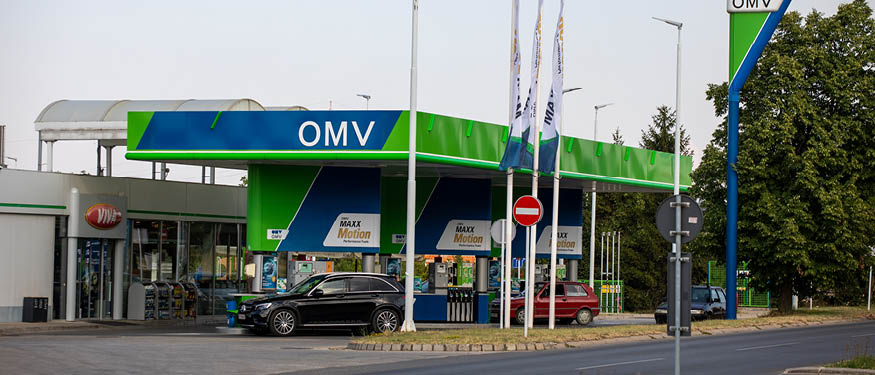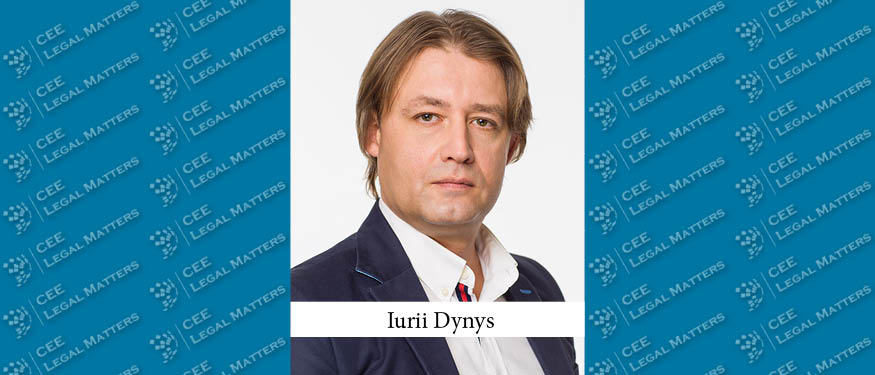Slovenia is adopting the EU’s strategy to boost renewable energy (RE) for electricity to enhance decarbonization. Unlike France’s reliance on nuclear power, Germany’s focus on renewables like wind, solar, and hydro hasn’t significantly reduced CO2 emissions, evidenced by its emissions being eight times higher than France’s.
Renewable energy’s effectiveness is hindered by its dependency on variable weather and geographic conditions, necessitating constant backup from other energy sources. Germany, for example, has had to reactivate coal plants due to the closing of nuclear facilities. Additionally, storing excess electricity from renewables is still undeveloped, costly, and energy-intensive, requiring substantial financial and time investment. Infrastructure upgrades are also needed to integrate new renewable plants, with some Slovenians facing grid congestion issues when trying to connect solar installations or electric vehicle chargers. The broader environmental impact of renewables, including the materials for solar panels and their recycling, must be accounted for in their carbon footprint. As Slovenia contemplates a new nuclear facility, these factors play a crucial role in its energy planning.
As green electricity remains a primary goal for the EU, Slovenia has already adopted in July 2023 the Act on the introduction of installations to produce electricity from renewable energy sources (ZUNPEOVE) which aims to deploy installations to produce electricity from RE sources in cases where it is feasible to do so. The ZUNPEOVE sets out specific spatial planning requirements and requires both municipalities and the state to make it mandatory to plan for photovoltaic installations when drawing up spatial plans. It also introduces the possibility of so-called “ancillary energy activities” by installing photovoltaic installations and wind generation facilities on agricultural and forest land, provided that such activities allow the land and facilities to serve both the main purpose and the ancillary energy activity at the same time. Furthermore, in the case of the installation of a photovoltaic installation on freehold property, the ZUNPEOVE stipulates that such installation may be carried out with the consent of the owners of the freehold property who hold more than three-quarters of the ideal shares. The ZUNPEOVE also provides for the possibility of establishing an easement or building right on buildings owned by the state or a municipality, free of charge, for the purpose of installing a photovoltaic installation, if it is established for the benefit of a community in the field of RE, whose members are only natural persons, non-governmental organizations, or a self-governing local community.
The ZUNPEOVE also provides for the mandatory installation of photovoltaic installations in the case of reconstructions and new constructions of all buildings and car parks with a roof area of 1,000 square meters or more and in the case of all existing buildings and car parks with a roof area of 1,700 square meters or more. An exception to the mandatory installation of a photovoltaic installation is given in case of inappropriate use or type of building, inappropriate location or insolation of the building, provision of green spaces and nature-based solutions, and in case of protection of cultural heritage. The ZUNPEOVE does not set a time limit for the mandatory installation of photovoltaic installations on existing buildings but foresees that this time limit shall be prescribed by the government by a special regulation, whereby such time limit cannot be shorter than two years and longer than 10 years. On April 13, 2024, the Regulation on more detailed spatial planning rules for the siting of photovoltaic installations and solar energy receivers (Regulation) entered into force, which also does not set a deadline. When setting the deadline, the Government will also have to consider the European Parliament legislative Resolution on 12 March 2024 on the proposal for a directive of the European Parliament and of the Council on the energy performance of buildings. The proposal for a directive, which is expected to be adopted by the end of 2024, provides in Article 10 that member states shall ensure suitable solar energy installations on public and non-residential new and existing buildings from 2027 onward and on new residential buildings from 2029 onward. It is therefore clear that green energy will not only drive the energy industry but also determine the infrastructure which will be built from now on.
By Masa Kramar, Partner, Senica & Partners
This article was originally published in Issue 11.5 of the CEE Legal Matters Magazine. If you would like to receive a hard copy of the magazine, you can subscribe here.

















